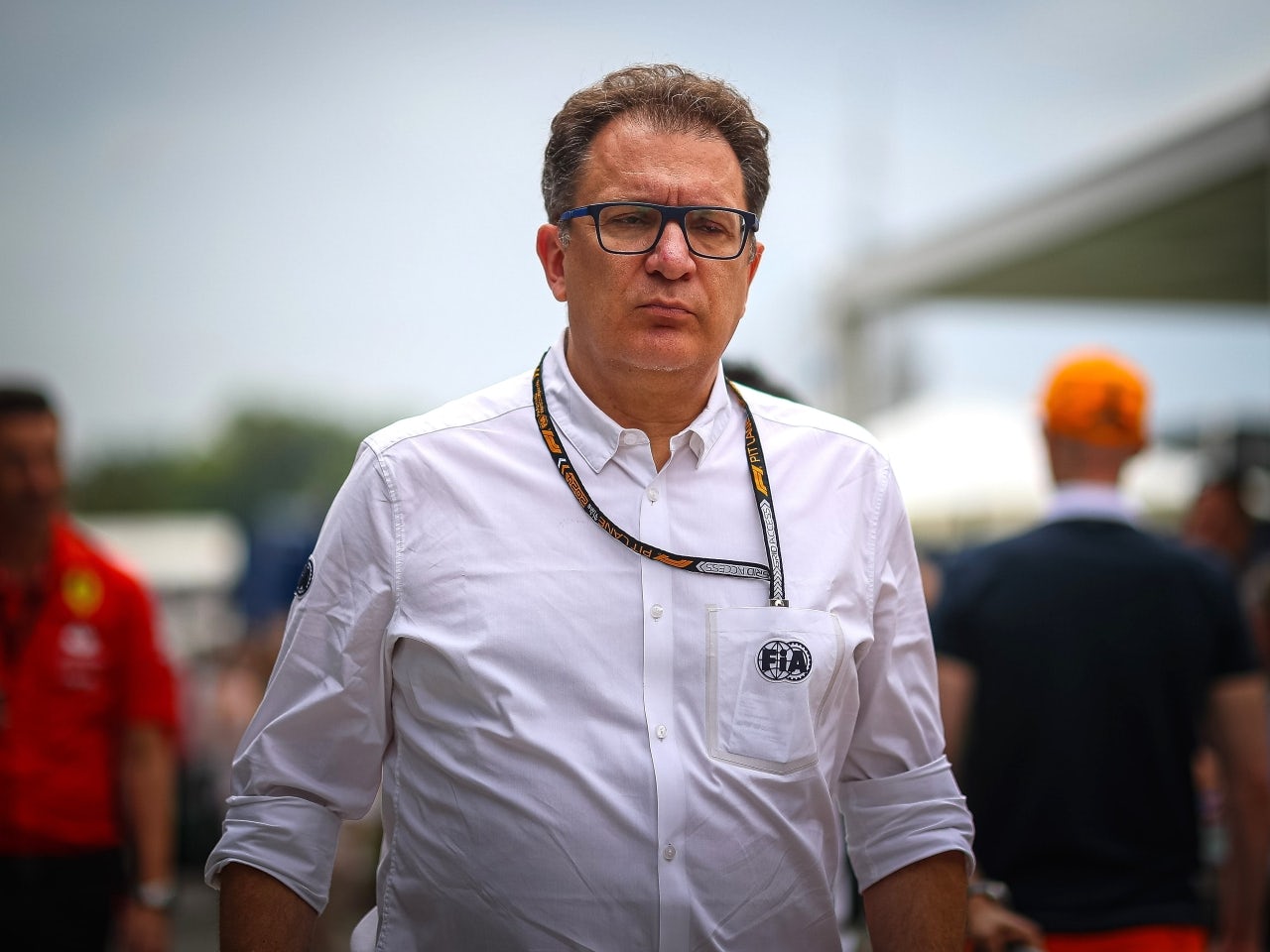The FIA has disclosed that half the Formula 1 teams were required to adjust their rear wings following a tightened stance on excessive flexibility, enforced starting at the Chinese Grand Prix.
Certain outfits, particularly McLaren—suspected of exploiting wing designs to mimic a 'mini DRS' effect while still passing FIA checks—insisted no alterations were needed for China.
Whispers in the paddock pointed to Alpine and Haas as having made the most significant revisions.
Yet Nikolas Tombazis, the FIA's single-seater director, clarified: "Four or five teams had cars that did not meet the new requirements."
In Shanghai, the FIA mandated high-definition cameras on all cars during free practice to track wing movement beyond the standard static tests.
"There are no questions outstanding now," Tombazis said, "but we will continue to use cameras.
"We combine the results of the load tests and the data from the cameras to make sure we don't miss any tricks. At the moment, the FIA is satisfied with the approach of the teams to prevent rear wing flex.
"But we understand that the teams are always trying to get the best out of their cars and we must remain vigilant. Our view is that a car that passes the FIA tests is generally legal, unless it has hidden mechanisms or things based on non-linear properties of materials, temperature and other such factors.
"In these cases, we intervene."







